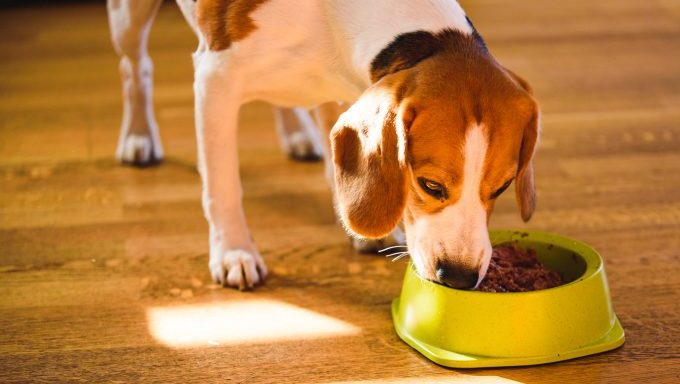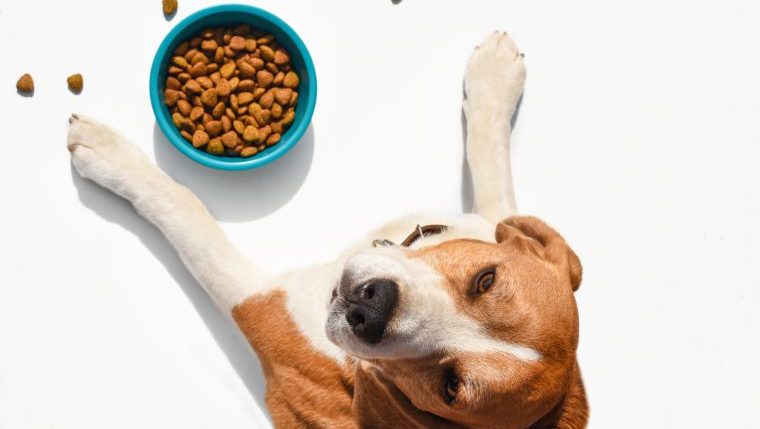
As a pet parent, you just want what’s best for your pooch, especially when it comes to their eating habits. Like humans, dogs need a solid, healthy nutritional foundation to fuel their activity and keep them in good spirits. Unlike humans, however, our poor pups get stuck eating the same thing day after day after day. Who would blame Fido for wanting a little variety in his diet? That’s where rotational feeding comes in. This style of feeding your dog has benefits that go beyond breaking up the monotony of kibble in a bowl. It also has health benefits.
What Is Rotational Feeding – And Why Should You Try It?
Rotational feeding is the practice of changing up your dog’s food based on a schedule. It involves alternating different ingredients (like chicken, beef, lamb, etc.) as well as varying the types of food (dry, wet, raw, frozen) you put in your pup’s bowl. By switching your dog’s food on a regular basis (once a month is plenty), you ensure they’re getting a variety of nutrients. You also prevent your pooch from developing a food allergy. What’s more, wet and raw foods help keep your four-legged friend hydrated better than kibble. The best part about rotational feeding? Your dog will get excited about feeding time again!
How to Start Rotational Feeding
Before you begin rotational feeding, consult your vet to make sure it’s right for your pet. Then, stock up on high-quality grub for your fur baby. As you begin incorporating new foods, Pet MD recommends you keep a food diary so you can keep track of your dog’s reaction.
“It’s always important to feed a high-quality, nutritionally complete and balanced diet when rotating different types of food,” veterinarian Dr. Bradley Quest told Animal Wellness Magazine. “I recommend that pet parents find a trustworthy brand that carries a variety of different recipes so that it’s easy to introduce a rotational diet without causing digestive upset.”
One way to prevent digestive upset is to gradually incorporate the new food into the food your dog is used to. Start with a ratio of 80 percent “old” food to 20 percent percent “new” food for a couple of days, then gradually shift towards a larger percentage of new food. If your dog shows any signs of digestive upset, stop rotational feeding and contact your vet.
Wondering what kind of food you should incorporate into your dog’s diet? There are so many options on the market, from canned food to home-cooked to vegetarian, that it can feel overwhelming. But no worries, because DogTime has an easy-to-follow guide for feeding adult dogs here so you can get inspired and organized.
“Bone” appetit!









